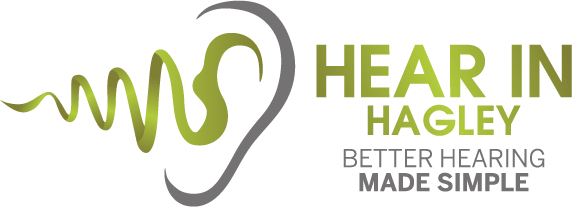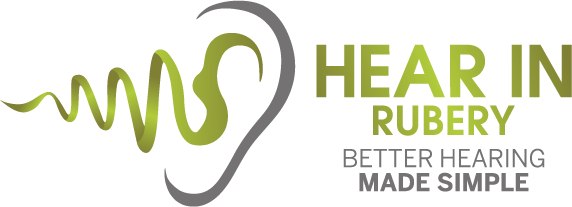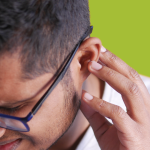
What can happen with a build up of ear wax?
Ear wax, also known as cerumen, is a natural substance produced by the ears and is produced by the ceruminous glands, located in the ear canal. Its primary functions include lubricating the ear canal, preventing dryness and itching, and acting as a natural barrier against dust, debris, and harmful microorganisms - even insects - trying to enter the ear canal. However, sometimes ear wax production can go into overdrive, leading to a build up that can cause a range of problems. Let’s take a look at what can happen with a build up of ear wax.
While ear wax is self-cleaning, meaning it naturally moves out of the ear canal towards the outer ear, certain factors can disrupt this process and cause a blockage. These factors include:
- Excessive ear wax production - Some people naturally produce more ear wax than others.
- Dry or hard ear wax - Age is a contributing factor here, as ear wax tends to become drier and harder with time.
- Narrow or hairy ear canals - This can trap ear wax and prevent its natural movement outward.
- Improper cleaning methods - Using cotton buds or other objects to clean your ears can actually push ear wax further into the canal, causing impaction.
Ear Wax Build Up
Ear wax build up often goes unnoticed, but when it becomes excessive, you might experience some of these symptoms:
- Hearing loss - One of the most common issues associated with excessive ear wax is hearing loss. The impacted ear wax can block the ear canal, hindering sound waves from reaching the eardrum. This can result in a gradual reduction in hearing capabilities, often unnoticed until it becomes a significant problem.
- Ear ache - Ear wax build-up can lead to a feeling of fullness or pressure in the ear, often accompanied by discomfort or mild pain. This can interfere with daily activities and significantly impact the overall quality of life.
- Tinnitus - Ear wax impaction can also contribute to tinnitus, a condition characterized by a persistent ringing, buzzing, or hissing sound in the ears. The blockage created by the wax may disrupt normal hearing patterns, causing the brain to interpret the absence of sound as a ringing sensation.
- Ear canal blockage - A feeling of something blocking the ear canal.
- Itchiness - The trapped ear wax can irritate the ear canal, causing itchiness.
- Cough - In some cases, ear wax build up can trigger a cough due to a reflex action.
- Dizziness and Vertigo - In more severe cases, an accumulation of ear wax may affect the vestibular system, responsible for maintaining balance. This disruption can result in dizziness or vertigo, making simple tasks like walking or standing a challenging and disorienting experience.
What can happen with a build up of ear wax? Complications of Untreated Ear Wax Build Up
- Infection - Trapped ear wax can create a warm, moist environment ideal for bacterial growth, leading to an ear infection (otitis media).
- Eardrum perforation - In rare cases, forceful attempts to remove ear wax can damage the eardrum.
- Skin irritation - Constant use of cotton buds or scratching due to itchiness can damage the skin around the ear.
Preventing Ear Wax Build Up
Here are some tips to prevent excessive ear wax build up:
- Avoid cotton buds - As mentioned earlier, cotton buds can actually push ear wax further into the canal.
- Let your ears clean themselves - The natural ear wax cleaning process is usually very effective.
- Use ear protection - When swimming or using loud equipment, wear earplugs to prevent water or debris from entering the ear canal.
- See your audiologist regularly - If you have a history of ear wax build up or wear hearing aids, schedule regular check ups with your audiologist to monitor ear health.
Ear Wax Removal
While it may seem tempting to remove this wax build up at home, attempting to do so without professional help can lead to potential risks and complications. Many GPs no longer offer ear wax removal and there are many people now setting up as ear wax removal practitioners without previous ear care experience.
We would advise to check that anyone offering ear wax removal is;
- a fully qualified audiologist
- an experienced ear wax removal clinician with relevant otology experience
- registered with HCPC or RCCP/ACHS
- have appropriate liability insurance
This is not always the case, and the lack of regulation allows beauty therapists, pharmacists, podiatrists, dispensing opticians etc without the appropriate audiology skills, to attend a crash course in ear wax removal and claim to be competent.
We have a blog dedicated to this topic to give tips on what to look for when seeking an ear wax removal and would urge you to take a few minutes to read it.





